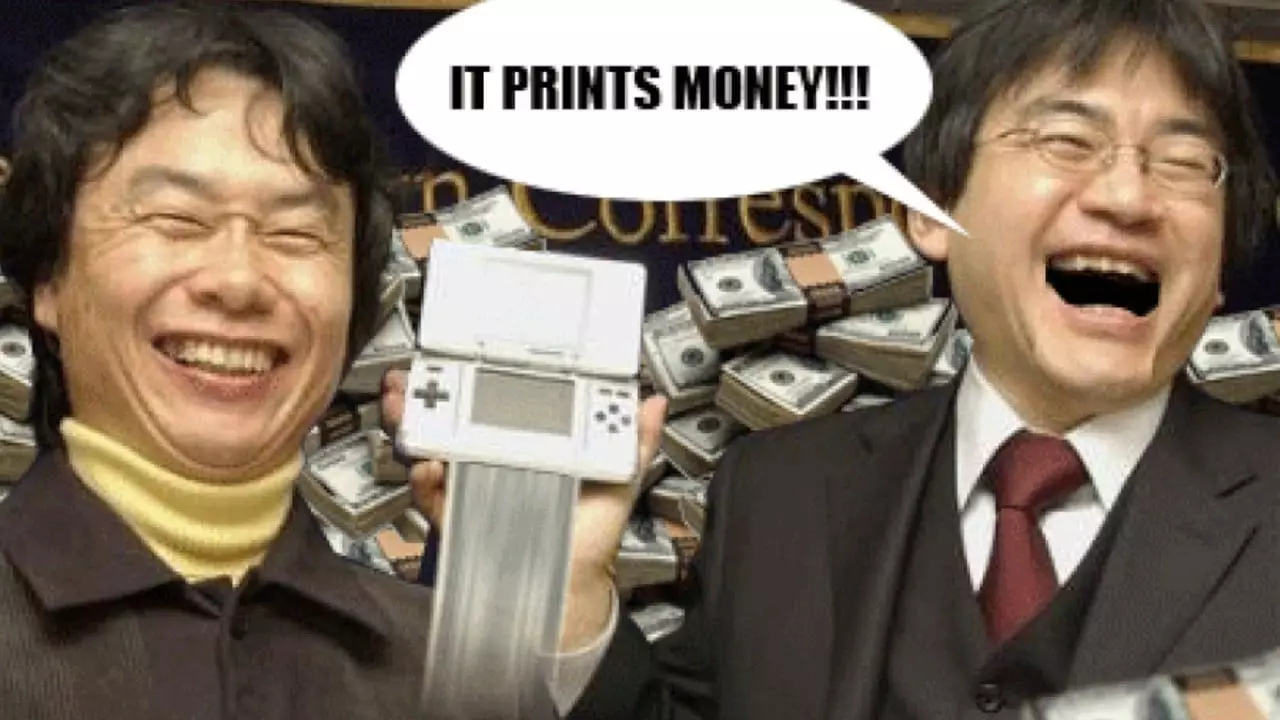The gaming industry is filled with stories of innovation, competition, and the eventual rise of groundbreaking technology. One such narrative revolves around Nintendo’s DS system, a device that not only reshaped the portable gaming landscape but also redefined the company’s approach to hardware and software development. From being an underdog to a giant-killer, the DS stands as a testament to Nintendo’s ability to reinvent itself and expand gaming’s audience in ways nobody quite anticipated.
The Era of Handheld Gaming: A Shift in Expectations
When we examine the origins of handheld gaming, thoughts of the Game Boy immediately spring to mind. For many gamers over the age of thirty, the Game Boy embodies the portable gaming experience, setting the bar incredibly high for future devices. However, the landscape shifted dramatically with the introduction of the Nintendo DS. Launched in 2004, the DS was initially regarded with skepticism; its dual-screen design appeared quirky, and it seemed a far cry from the sleek appeal of Sony’s PSP.
Critics questioned Nintendo’s departure from the Game Boy brand, sparking debates around the authenticity of the new handheld. Would this unconventional design resonate with gamers? As it turns out, the DS did more than merely compete; it expanded gaming demographics, attracting an audience that had previously felt alienated by the traditional gaming experience. This transition from the familiar Game Boy to the innovative DS marked a pivotal moment, signaling that Nintendo was not just playing catch-up but daring to forge a new path.
A Blue Ocean Strategy: Redefining the Market
Nintendo president Satoru Iwata’s strategy was revolutionary, tapping into a concept known as “Blue Ocean Strategy.” This approach emphasized creating new market space instead of competing within existing boundaries. The introduction of the DS allowed Nintendo to engage a wider audience, including casual gamers and those who may have never picked up a console before. Popular titles like “Brain Training” and “Nintendogs” exemplified this philosophy, drawing in non-gamers and establishing gaming as an inclusive form of entertainment.
Moreover, the combination of a touchscreen interface and dual screens not only proved impactful for gameplay mechanics but also encouraged developers to think outside the box. The DS’s support for diverse genres fostered a rich library of games that masterfully blended fun and accessibility. As such, the system quickly became associated with memorable experiences, further solidifying its place in gaming history.
Despite initial doubts, the Nintendo DS gained momentum with its subsequent iterations, particularly the DS Lite. While the original DS sported a somewhat rugged design, the Lite version emerged as a sleek, polished contender that could rival Sony’s PSP. This visual transformation was critical in changing perceptions of the device, cementing its status as a mainstream choice for handheld gaming enthusiasts.
At the same time, the DS’s incredible software library effectively eclipsed thumbed competitors that suffered from a lack of first-party titles. Nintendo led the way, nurturing franchises like “Mario,” “Zelda,” and “Pokémon,” while also introducing innovative, exclusive titles that showcased the DS’s capabilities. The DS and its games became cultural touchstones, showcasing how diversifying game accessibility engenders a wider appreciation for interactive entertainment.
Reflecting on the impact that the DS had on Nintendo and the broader gaming industry reveals its significant contributions. The device not only restored Nintendo’s dominance in the handheld market but also laid the groundwork for the Nintendo Wii’s success by illustrating how to engage players in new and meaningful ways.
Hiroshi Yamauchi, who had long been associated with Nintendo’s innovative spirit, famously remarked that progress with the DS could either lead the company to new heights or potential downfall. Today, it’s clear that his words reflect an unparalleled triumph rather than a cautionary tale. The DS emerged as a cultural phenomenon, rejuvenating Nintendo’s image and instigating a broader transformation within the gaming community.
In retrospect, the Nintendo DS wasn’t just another handheld system; it was a lifeboat that saved Nintendo from an uncertain future. This game-changing device pushed the boundaries of what handheld gaming could achieve, breaking down conventional barriers and cultivating a vibrant community around it. Through innovation and a commitment to accessibility, the DS transformed not only the company’s fortunes but also the future of gaming as a whole. It’s a legacy that continues to inspire, reminding us of the relentless potential for reinvention in this ever-evolving industry.


Leave a Reply